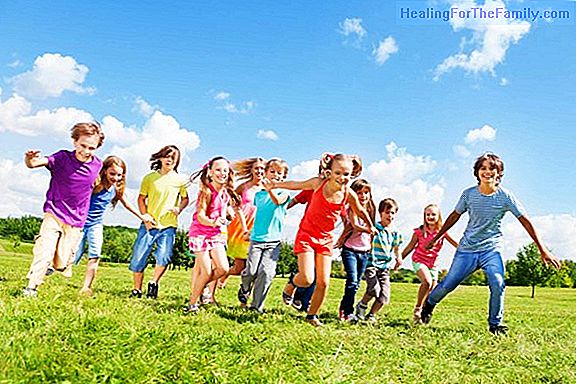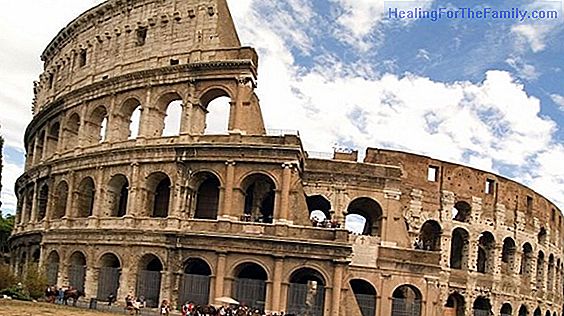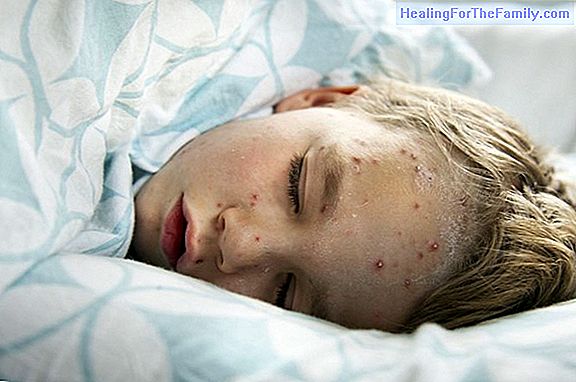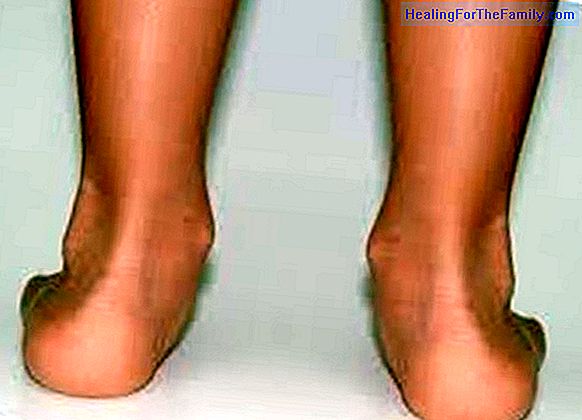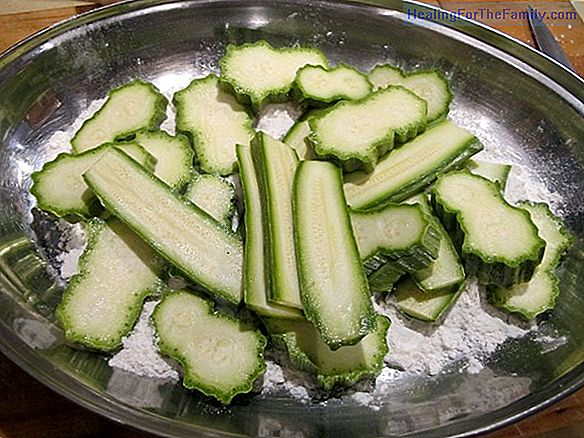The good and the bad of quinoa in the children's diet
Quinoa is one of the foods that has begun to be talked about in the last decade, as if it did not exist before. In fact, it has become one of the "trend" foods in recent years, reaching the status of "superfood" for its potential health benefits. However, despite all the benefits it has, also presen
Quinoa is one of the foods that has begun to be talked about in the last decade, as if it did not exist before. In fact, it has become one of the "trend" foods in recent years, reaching the status of "superfood" for its potential health benefits. However, despite all the benefits it has, also presents some drawbacks, this is the good and the bad of quinoa in the children's diet.
Benefits of quinoa in children's diet
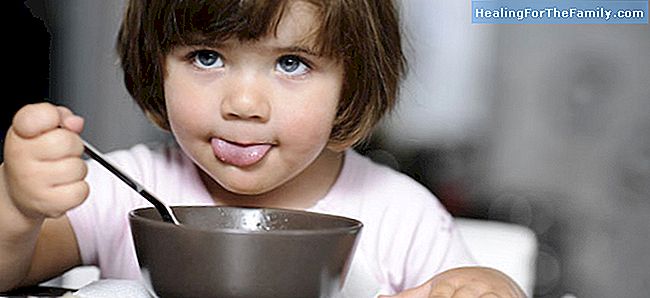
Quinoa is the edible part of the seed of a plant, which, interestingly, and although its appearance may resemble that of cereals, is closely related to spinach, both plants being from the same family.
Among the health benefits that the inclusion of this seed in the habitual diet of children can include:
- Its composition is rich in minerals and vitamins. Highlights vitamins A, C and E, so it has a high antioxidant power, and minerals, magnesium and calcium, of great importance for growth. In addition, it is a good source of non-heme iron, which, when accompanied by vitamin C, is absorbed in a better proportion.
- It is rich in protein and potassium, so it helps keep muscles in good working order. In addition, this protein contains up to 8 essential amino acids, that is, those that the organism itself can not synthesize, making it of good quality. These include histidine, an amino acid essential for growth and development in childhood, which is no longer essential in adulthood.
- It is an excellent source of fiber, necessary to regulate the gastrointestinal tract. Los - The carbohydrates that it contributes are of low glycemic index
, which causes that they are liberated and they absorb slowly, something ideal in the children, and in addition it does not contain gluten, reason why it is apt for celiacs.- Its main advantage over cereals is precisely the
contribution of slow absorption carbohydrates accompanied by proteins of good biological value, since the protein in cereals is very poor. Disadvantages of quinoa in children's diet
However, quinoa also has drawbacks that must be taken into account, mainly the
stomach irritation that can result from its consumption in a habitual way. These side effects are caused specifically by saponins, a toxic substance that is part of the natural coating of the seed. Because of this, it is necessary to thoroughly wash the seeds before consumption , to ensure the elimination of the saponins. Even if the quinoa comes already washed, it is worthwhile to rinse well under the tap in a colander and rubbing well with your hands before cooking it.Quinoa can be introduced into the baby's diet at any time after the introduction of complementary feeding, although, since it can cause digestive discomfort, it may be advisable, as a precaution, to wait until the baby is older and more accustomed to digest other foods other than milk.




